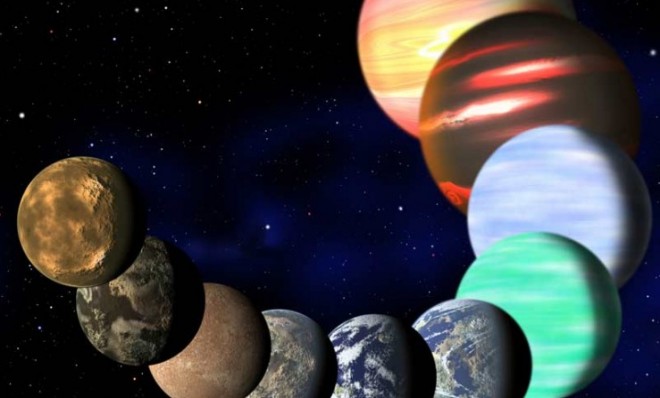NASA's search for another Earth narrows: Meet our closest twin yet
Meet KOI 172.02 — a potentially wet exoplanet just a tiny bit bigger than our own

Seventeen billion. That's how many Earth-sized planets exist in our Milky Way galaxy, according to new estimates from NASA. That's enough for every man, woman, and child alive to have at least two planets to call his or her own.
The revelation is why scientists who are part of NASA's Kepler mission — charged with scouting new alien worlds — are suddenly so enthusiastic about the odds of finding Earth's twin. At the meeting of the American Astronomical Society earlier this week, the Kepler team named 461 new candidates to add to its ongoing tally of 2,740 potential "New Earths" inside what's called the Habitable Zone, a just-right distance from a planet's respective star. In theory, planets within this "Goldilocks zone" could have similar surface temperatures and climate conditions conducive to liquid water, and perhaps — a big perhaps — even support life.
Scientists have now zeroed in on the most Earth-like of Earth-like exoplanets to date. KOI 172.02 (Kepler Object of Interest — yeah, it's a mouthful) is just a tiny bit larger than our own "Blue Marble," with a diameter 1.5 times our planet's. Its orbit is really close to Earth's own calendar year, as it takes just 242 days to circle its star. Space.com has a neat infographic comparing the two.
Subscribe to The Week
Escape your echo chamber. Get the facts behind the news, plus analysis from multiple perspectives.

Sign up for The Week's Free Newsletters
From our morning news briefing to a weekly Good News Newsletter, get the best of The Week delivered directly to your inbox.
From our morning news briefing to a weekly Good News Newsletter, get the best of The Week delivered directly to your inbox.
KOI 172.02 leapfrogs to the front of the pack of potential Earth twinsies, which includes one-time frontrunner Gliese 581g (20 light-years away) and Gliese 667Cc (which lives in a triple-star solar system).
Sign up for Today's Best Articles in your inbox
A free daily email with the biggest news stories of the day – and the best features from TheWeek.com
-
 6 trackers to help you find everything from your keys to your kids
6 trackers to help you find everything from your keys to your kidsThe Week Recommends These devices offer accuracy and ease
By Catherine Garcia, The Week US
-
 Sudoku medium: April 17, 2025
Sudoku medium: April 17, 2025The Week's daily medium sudoku puzzle
By The Week Staff
-
 Codeword: April 17, 2025
Codeword: April 17, 2025The Week's daily codeword puzzle
By The Week Staff